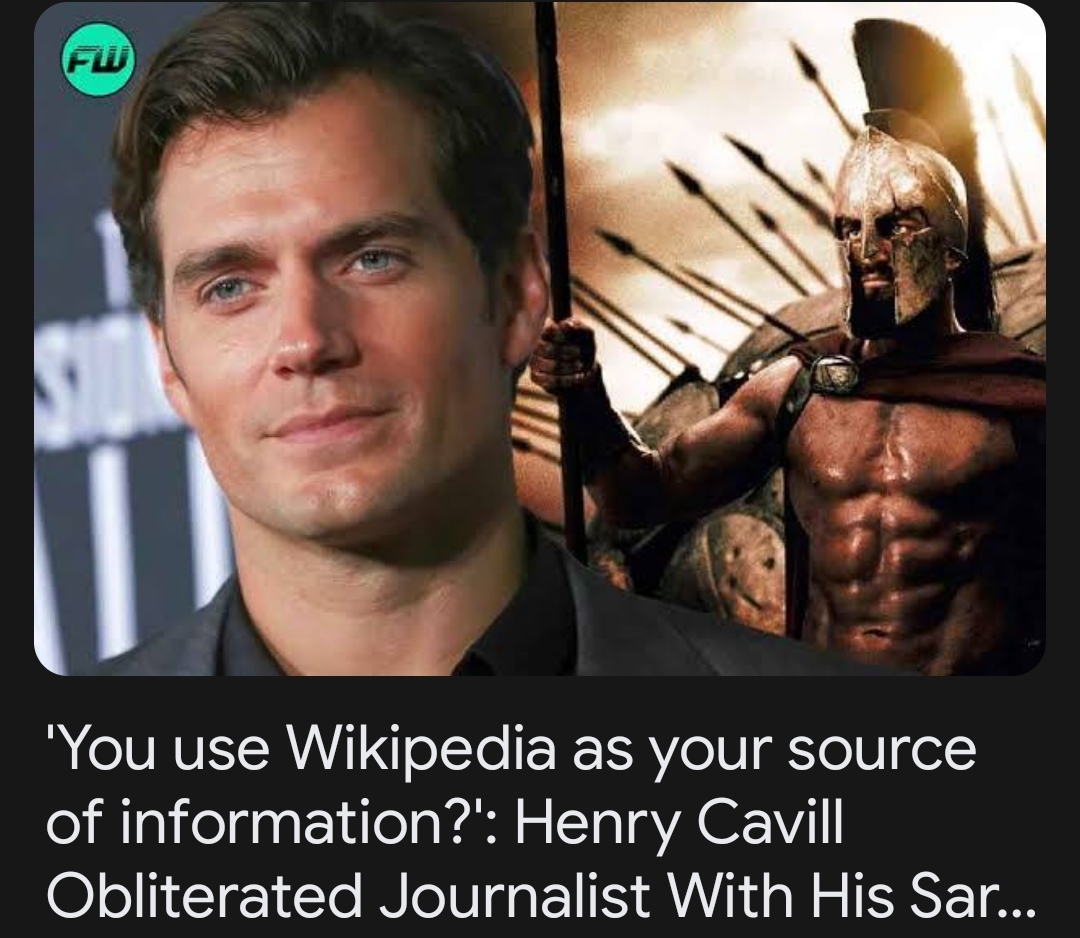Special | A | B | C | D | E | F | G | H | I | J | K | L | M | N | O | P | Q | R | S | T | U | V | W | X | Y | Z | ALL
D |
|---|
Double quotes | ||
|---|---|---|
To typeset double quotes around a string, do | ||
H |
|---|
Hyphenation | |||
|---|---|---|---|
Hyphenation is probably one of the most overlooked aspects of good writing. Grammarly has a useful guide. One of the rules mentioned in the guide governs the combination of an adverb and a past participle, e.g., “forward biased”.
| |||
R |
|---|
Reference management | |||
|---|---|---|---|
Curating referencesThe starting point of learning is identifying reliable sources of information and obtaining learning resources. Given the right search words, a search engine (e.g., Google Scholar for academic publications) would typically return more references than we have time for. We need to identify the good-quality references — separate the wheat from the chaff — by checking: For academic literature
For non-academic literature
Fig. 1 shows an example of a low-quality conference paper. This paper has a Google Scholar citation count of 25 (which happens to be an unreliable indicator in this case), was published in a generic conference, and the content is riddled with problems. Avoid referencing publications like this. Among the good-quality references, prioritise the more recent ones, because they might provide a good literature review that introduces you to older, potentially significant references. If a reference is not available in the public domain or library, make an inter-library loan request. Sometimes, informal but publicly available resources such as web pages, lecture notes, lecture videos can provide a quicker introduction to your topic. Recording referencesUpon acquiring a reference, its details need to be recorded. See attachment below 👇 for guidance. | |||
